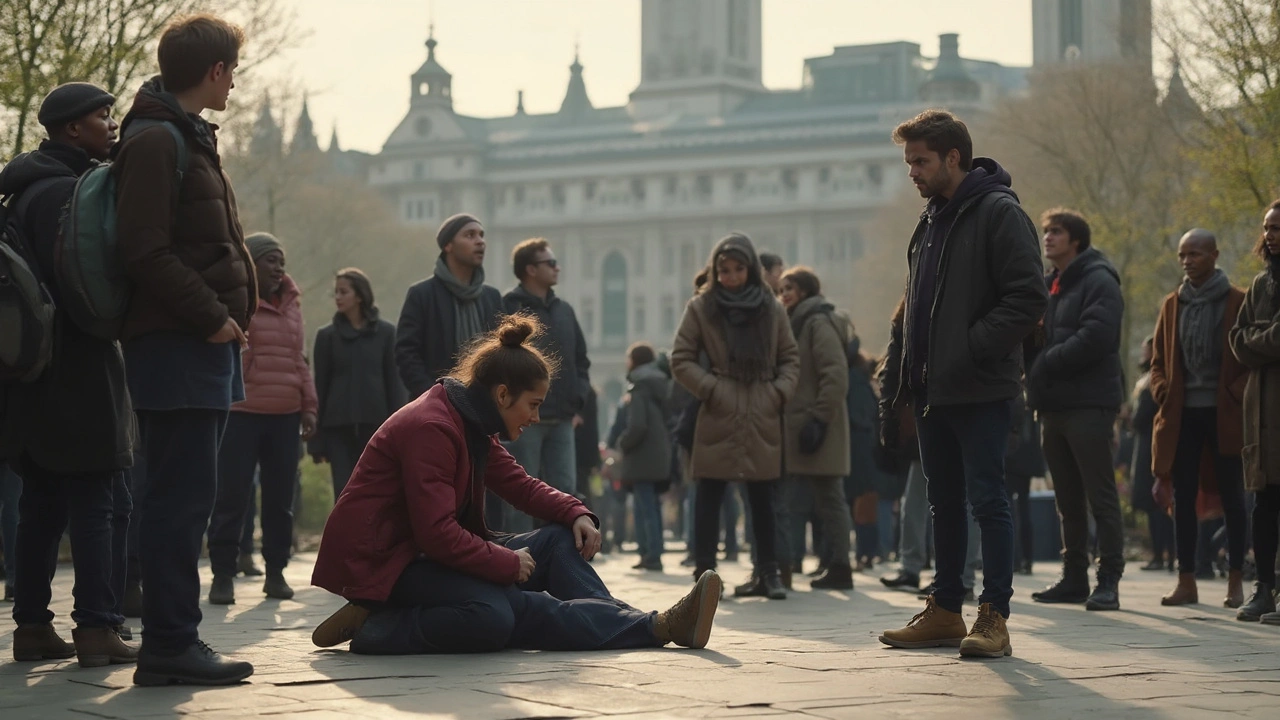What to Do During a Seizure – Simple First‑Aid Guide
If you see someone start to have a seizure, the first thing that pops into your head is probably panic. Take a breath, stay calm, and focus on a few clear actions. You can make a big difference by keeping the person safe and knowing when professional help is needed.
Stay Calm and Keep Them Safe
Move any hard or sharp objects away from the person’s head. A pillow, folded jacket, or a soft blanket works great as a cushion. If they’re standing, gently guide them to sit down if you can do it without pulling on their arms.
Do not try to hold them down or stop the shaking. Restraining can cause injuries and won’t stop the seizure. Instead, let the movements happen while you protect the surroundings.
Time the episode. Most seizures last under two minutes. Count in your head or glance at a watch; this info helps medical staff later.
If the person is on the floor, turn them onto their side once the shaking eases. This recovery position keeps the airway clear and reduces the chance of choking on saliva.
After the Seizure Ends
When the convulsions stop, check breathing. If they’re breathing normally, stay with them until they’re fully alert. People often feel confused or tired after a seizure—talk to them gently and reassure them.
If the seizure lasts longer than five minutes, if another seizure starts right away, or if the person has an injury, call emergency services immediately. Also dial 911 if they are pregnant, have diabetes, or you’re unsure about their medical history.
Offer a glass of water once they’re fully awake and able to swallow safely. Do not give food, drink, or medication until they’re alert and breathing well.
Take note of what happened: time it started, how long it lasted, any triggers you noticed (like flashing lights), and whether the person fell or hurt themselves. This record is useful for their doctor.
Most seizures are not life‑threatening, but your quick, calm actions can prevent injuries and give the person peace of mind. Keep these steps in mind: protect the head, don’t restrain, time it, turn them onto their side, monitor breathing, and call help if needed. With simple first aid you’re ready to support anyone having a seizure.

First Aid for Tonic-Clonic Seizures: Step-by-Step Guide for Immediate Help
Finnegan O'Sullivan May 15 11Tonic-clonic seizures can be scary to watch, but knowing how to respond can make a huge difference. This guide breaks down exactly what to do if you see someone have a seizure, including crucial do's and don'ts. It covers facts you might not realize, like when to call for help and common misconceptions about safety. With real-world steps and simple guidance, you'll feel confident stepping in during a seizure emergency. No fluff—just what you need to know to keep someone safe.
More Detail